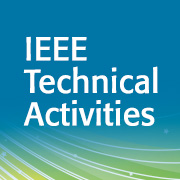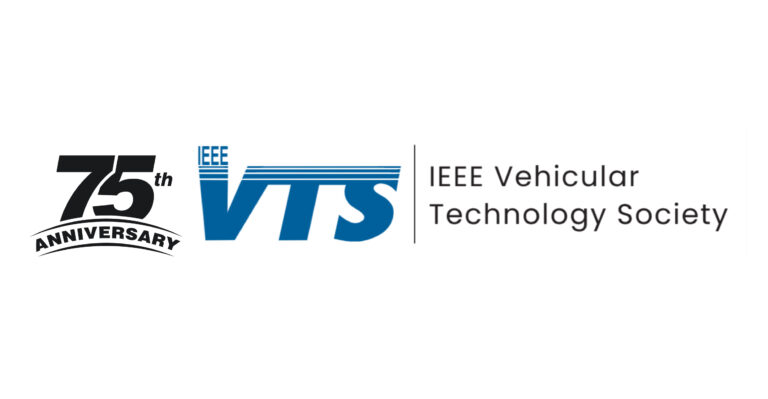 In rural areas, poverty, geographical distances between villages, and lack of services such as water, electricity and drainage leads to poor health and high mortality rates. Thousands of people in these mostly roadless areas must travel long distances to get quality care at urban health facilities; sometimes they cannot even travel by boat if river levels are low. In addition, they have no access to mobile or any other communication technology. To solve this, the IEEE Humanitarian Technology Challenge Data Connectivity for Remote Health Clinics program successfully helped deploy telemedicine infrastructure in various locations of the Peruvian Amazonia. The project connected three remote health centers to a hospital in Yurimaguas, a city in the Loreto region.
In rural areas, poverty, geographical distances between villages, and lack of services such as water, electricity and drainage leads to poor health and high mortality rates. Thousands of people in these mostly roadless areas must travel long distances to get quality care at urban health facilities; sometimes they cannot even travel by boat if river levels are low. In addition, they have no access to mobile or any other communication technology. To solve this, the IEEE Humanitarian Technology Challenge Data Connectivity for Remote Health Clinics program successfully helped deploy telemedicine infrastructure in various locations of the Peruvian Amazonia. The project connected three remote health centers to a hospital in Yurimaguas, a city in the Loreto region.
“The project focuses on the empowerment of locals for the design, development, deployment and sustenance of appropriate solutions,” says Dr. Martin Murillo, an IEEE volunteer and project manager for the Peru project. This focus is central to IEEE HTC’s goal to not only implement technology in impoverished communities, but create solutions that allow them to sustain it over time, which requires innovation and awareness of cultural, political, environmental, and social contexts.
Following the vision of IEEE HTC, a group of committed IEEE volunteers partnered with the Peruvian Grupo de Telecomunicaciones Rurales (GTR), Pontificia Universidad Catolica del Peru (PUCP), and the Alto Amazonas Health Network and spent three months in location implementing massive tower infrastructure rarely seen in the Amazon or elsewhere and equipping health posts with computers, long-distance Wi-Fi radios, parabolic antennas, and solar panels for 24/7 operation. These technologies, combined with open source software for high-resolution videoconferencing, form a data connectivity system that makes it possible for doctors to diagnose patients in remote areas. The system, serving over 2,000 villagers, has improved service levels, prevented deaths, and made for more efficient medical work in Peru’s rural regions.
“The project has been effective from the very start, not only through a positive adoption of the solution, but through the intensive use of the solution,” says Juan Antonio Paco Fernandez, project coordinator for the GTR.
If a diagnosis is severe, a plane is sent to transport patients to a city hospital. If a local physician has questions about a patient’s case, he/she can consult face-to-face via the system with a specialist in the Yurimaguas hospital. Without the system, locals would have to travel hours or days via river boat to receive a diagnosis, often in life-threatening situations.
IEEE, GTR, and local volunteers helped engineer and implement the solution, lead by the GTR group, which has over 10 years experience deploying such solutions in remote areas. The construction of towers was done mostly by local expert tower builders. IEEE, Peruvian municipalities, and the Alto Amazonas health authority contributed towards funding. The system has been working for almost a year, supported by local personnel and funded entirely by local institutions for its sustainability.
“This system has a much higher value than its monetary cost,” says Roel S. Vargas Perez of the Upper Amazon Health Network. “It is bringing joy and happiness to the villagers in terms of health care and daily life.”
The HTC vision is to replicate the solution in Peru and other parts of the world in partnership with local expert groups, IEEE sections, IEEE members, and other volunteers, as well as to encourage technical and business model creativity and innovation. The Peru pilot is expanding telehealth applications, maintained entirely with local staff. Another system is being deployed in the Andean region of Bolivia with IEEE members as key stakeholders. Other international organizations have noticed the success of the implementation and empowerment methodology and will follow a similar approach to expand the network in Peru.
The IEEE Humanitarian Technology Challenge, or HTC, is a part of Engineering for Change, in which IEEE is a supporter. Engineering for Change provides a forum to connect, collaborate, solve challenges and share knowledge among a growing community of engineers, technologists, social scientists, NGOs, local governments and community advocates, who are dedicated to improving the quality of life all over the world.








